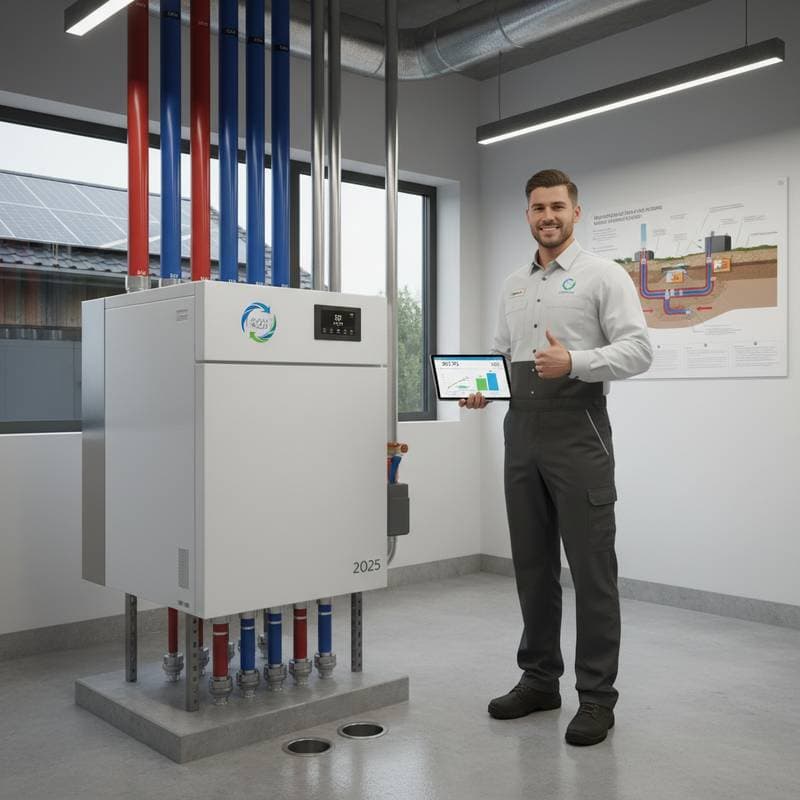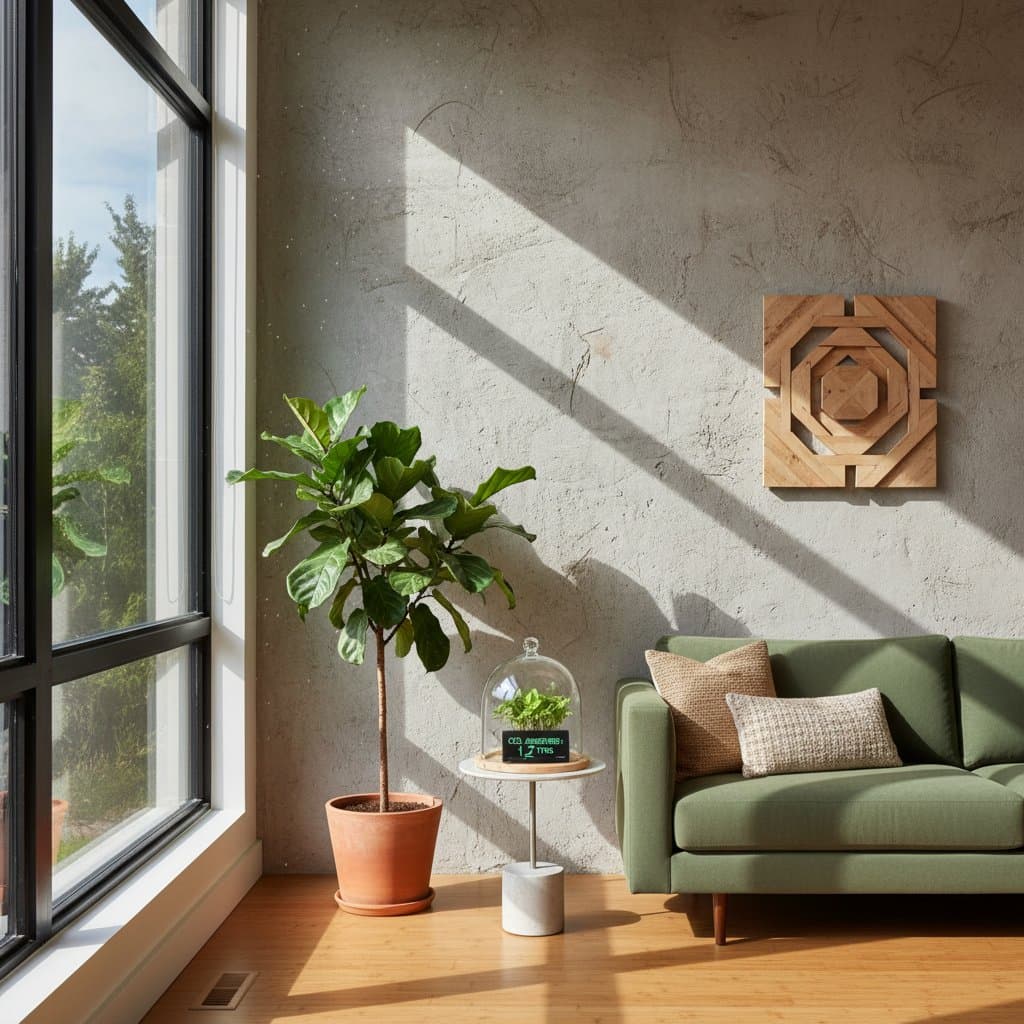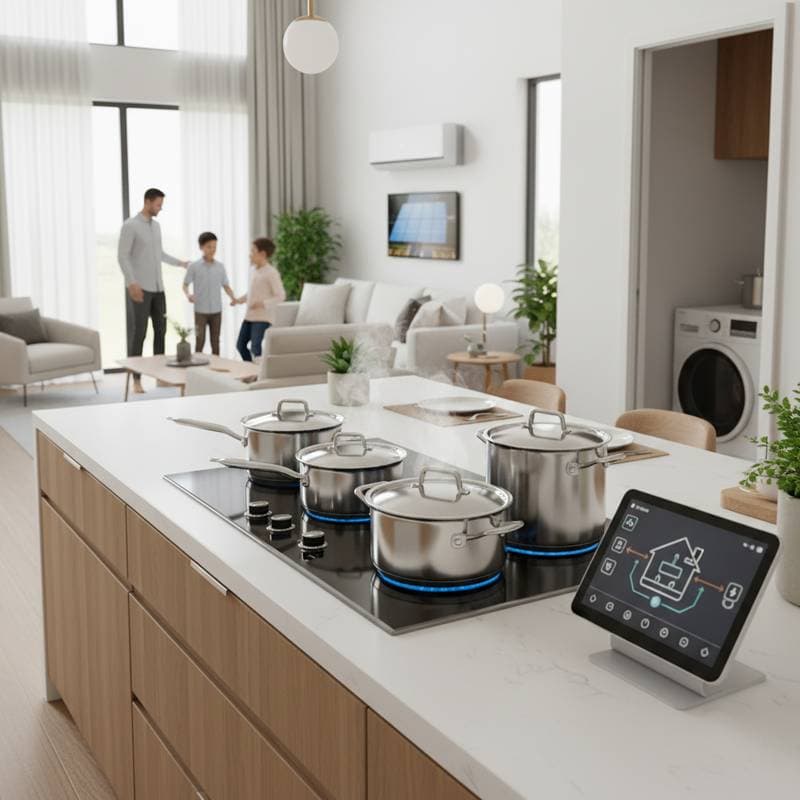Key Benefits of Cool Roofs
- Cool roofs reduce air conditioning expenses by up to 25 percent for numerous homeowners.
- Reflective materials limit heat absorption to enhance indoor comfort and ease energy demands.
- Optimal installation, color selection, and insulation integration maximize financial returns.
- Advancements in cool roof technology introduce innovative materials, coatings, and designs.
- Enduring advantages encompass lower maintenance needs, increased property appeal, and greater roof resilience.
The Impact of Cool Roofs on Home Efficiency and Expenses
Energy conservation begins with the roof, which endures the greatest solar radiation. Roof surfaces on standard dark shingles or membranes capture nearly 90 percent of incoming solar energy, leading to elevated temperatures that overburden cooling systems. In contrast, cool roofs redirect a substantial portion of this energy, which lowers surface temperatures by 50 degrees Fahrenheit or more during peak summer heat.
These roofs deliver advantages that extend past immediate savings and ease:
- Reduced utility costs: Owners often experience cooling reductions ranging from 10 to 25 percent.
- Prolonged roof durability: Decreased thermal cycling minimizes material stress and prevents cracks.
- Ecological advantages: Diminished cooling reliance cuts greenhouse gas output.
- Enhanced living conditions: Attics and upstairs areas remain cooler, regardless of basic insulation.
- Community heat mitigation: In urban settings, these roofs alleviate ambient temperature rises.
Cool roof options integrate seamlessly with diverse materials such as asphalt shingles, clay tiles, metal sheets, and membrane systems. This versatility supports adoption in new constructions or retrofits for established properties.
Investment Costs and Return Projections
Initial expenses for cool roofs surpass those of traditional alternatives, yet they yield tangible long-term value. Plan for a 5 to 15 percent premium on reflective materials or coatings relative to conventional choices. Variations arise from roof dimensions, material types, and surface treatments.
**Standard cost estimates (including materials and installation):
- Reflective asphalt shingles: Expect a 10 to 15 percent uplift over basic shingles.
- Coated metal roofs: Involve greater upfront spending but offer superior endurance and minimal upkeep.
- Tiled or membrane applications: Prices fluctuate based on manufacturer, hue, and refinement.
Account for annual savings from lessened air conditioner operation, which may total several hundred dollars for average residences. Across the roof's service life, these offsets frequently surpass the added investment. In regions with intense heat, full cost recovery occurs in 5 to 10 years.
Cool roofs also boost market value, as prospective buyers prioritize sustainable enhancements. Consider further gains from reduced HVAC strain and extended roofing intervals, which strengthen the overall financial case.
Elements That Determine Cool Roof Effectiveness
Performance varies based on execution, regional climate, and architectural features. A reflective surface alone cannot compensate for deficient attic airflow or subpar insulation layers. View cool roofs as components of a comprehensive efficiency plan.
**Pitfalls to sidestep for optimal results:
- Overlooking ventilation: Trapped heat under the roof diminishes intended gains.
- Selecting mismatched products: Certain coatings fail to bond with aged substrates.
- Disregarding weather patterns: In cooler areas, minor winter heating upticks may occur, though strong insulation offsets this.
- Postponing upkeep: Accumulated grime lowers reflectance, requiring routine attention.
Engage a certified roofer experienced in efficient systems. Such professionals assess solar reflectance indices, verify structural compatibility, and adhere to producer specifications during setup.
Common Questions About Cool Roofs
By how much does a cool roof lower indoor temperatures?
Homeowners report notable improvements in upper floors. Attic heat can decrease by 20 to 40 degrees Fahrenheit, influencing adjacent spaces directly.
Is it possible to add a reflective coating to an current roof?
Affirmative, for most setups. Preparatory cleaning ensures coating adherence and longevity on existing surfaces.
Will cool roofs benefit homes in cooler regions?
They provide value where summers demand cooling, and insulation handles any subtle winter effects.
What upkeep do cool roofs demand?
Primary tasks involve debris removal and periodic rinsing to preserve reflectance. Select coatings might require renewal every few years.
Are rebates available for cool roof installations?
Numerous locales provide incentives through energy programs. Consult regional authorities for eligibility details.
Do cool roofs produce excessive glare?
Contemporary formulations target infrared reflection over visible light, avoiding brightness. Diverse neutral tones match aesthetic preferences.
Maximizing Savings Through Cool Roof Integration
Integrate cool roofs into broader home upgrades for amplified results. Pair them with improved insulation and ventilation to optimize energy flow. Track utility changes post-installation to quantify personal benefits. This strategic approach ensures sustained comfort and fiscal prudence in varying climates.









